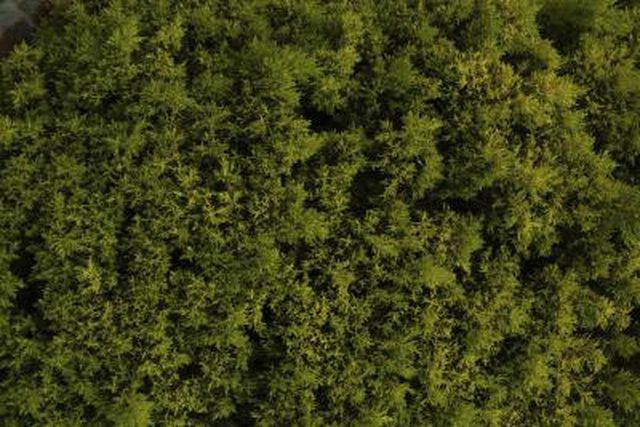Bulbs
Flower Basics
Flower Beds & Specialty Gardens
Flower Garden
Garden Furniture
Garden Gnomes
Garden Seeds
Garden Sheds
Garden Statues
Garden Tools & Supplies
Gardening Basics
Green & Organic
Groundcovers & Vines
Growing Annuals
Growing Basil
Growing Beans
Growing Berries
Growing Blueberries
Growing Cactus
Growing Corn
Growing Cotton
Growing Edibles
Growing Flowers
Growing Garlic
Growing Grapes
Growing Grass
Growing Herbs
Growing Jasmine
Growing Mint
Growing Mushrooms
Orchids
Growing Peanuts
Growing Perennials
Growing Plants
Growing Rosemary
Growing Roses
Growing Strawberries
Growing Sunflowers
Growing Thyme
Growing Tomatoes
Growing Tulips
Growing Vegetables
Herb Basics
Herb Garden
Indoor Growing
Landscaping Basics
Landscaping Patios
Landscaping Plants
Landscaping Shrubs
Landscaping Trees
Landscaping Walks & Pathways
Lawn Basics
Lawn Maintenance
Lawn Mowers
Lawn Ornaments
Lawn Planting
Lawn Tools
Outdoor Growing
Overall Landscape Planning
Pests, Weeds & Problems
Plant Basics
Rock Garden
Rose Garden
Shrubs
Soil
Specialty Gardens
Trees
Vegetable Garden
Yard Maintenance
How to Harvest Moss for Decorating
How to Harvest Moss for Decorating. Harvesting lush, green moss is an inexpensive way to add color to craft projects or to add a live plant to your home decor. Many people purchase moss from craft and hobby stores to set over the soil or florist foam in floral arrangements. Others dry the moss to keep for future crafts or keep it alive in pots or...

Harvesting lush, green moss is an inexpensive way to add color to craft projects or to add a live plant to your home decor. Many people purchase moss from craft and hobby stores to set over the soil or florist foam in floral arrangements. Others dry the moss to keep for future crafts or keep it alive in pots or other containers in their home. Whether you dig up the moss from a forest setting or your own backyard, using the correct technique will ensure that it looks pleasing in your decor.
Things You'll Need
Cardboard container
Ruler
Decorative pots or shallow containers with drainage holes
Flat-blade shovel or garden spade
Craft Projects and Drying
Look for moss on rocks and fallen logs without any other plants growing in the middle. Harvesting the moss off these surfaces prevents bringing a lot of soil along with it into your home.
Grab the edge of the moss, and try to peel it gently off the rock or log. If it starts to peel off, slide both hands underneath it and try to pick up a large section — approximately 1 square foot at a time. Look elsewhere If it does not come off easily in a compact sheet. This is particularly important if you require a large piece for your craft or you want to dry it.
Leave behind about half of the moss. This encourages regrowth.
Hold the moss in the palm of your hands and shake it lightly. Do this by moving both your hands at the same time quickly in an up-an-down motion. This gets rid of excess dirt, insects and other debris.
Lay the moss sheet in a cardboard container to transport it.
Live Moss Decor
Look for a patch of moss that is clear of debris, twigs and plants in it, such as ferns.
Measure the depth and width of your container, using a ruler. Small decorative pots or a shallow dish with drainage holes work well for this live home decor.
Dig up the patch of moss to the depth and width you desire for your container, using a flat-blade shovel or garden spade.
Place the moss and soil in the container. Add pieces of moss if any soil is showing, or tuck the moss in to hide the dirt. Brush off any dirt on top of the moss, using your fingers. This shows off the lush, green appearance of the moss.
Water the moss well in the container. Set it in an area that does not receive direct sunlight, and keep it consistently moist.
Tips & Warnings
Search for moss that grows on rocks if you want it to have a depth of about 1 inch. It is only about 1/2 thick on logs, according to Pennsylvania State University.
Avoid harvesting moss near waterways. The plant filters nutrients and water that are important to the ecosystem.